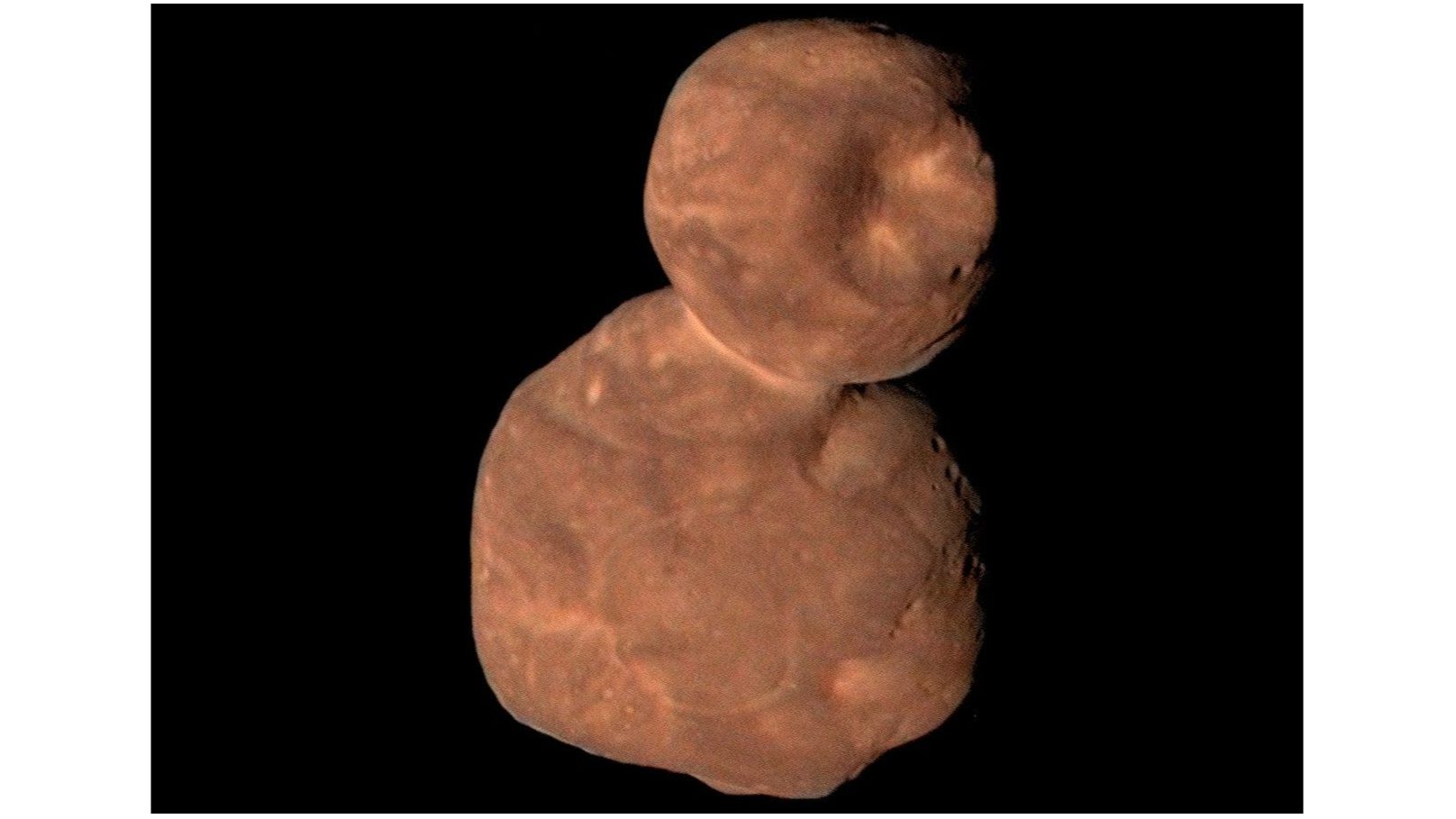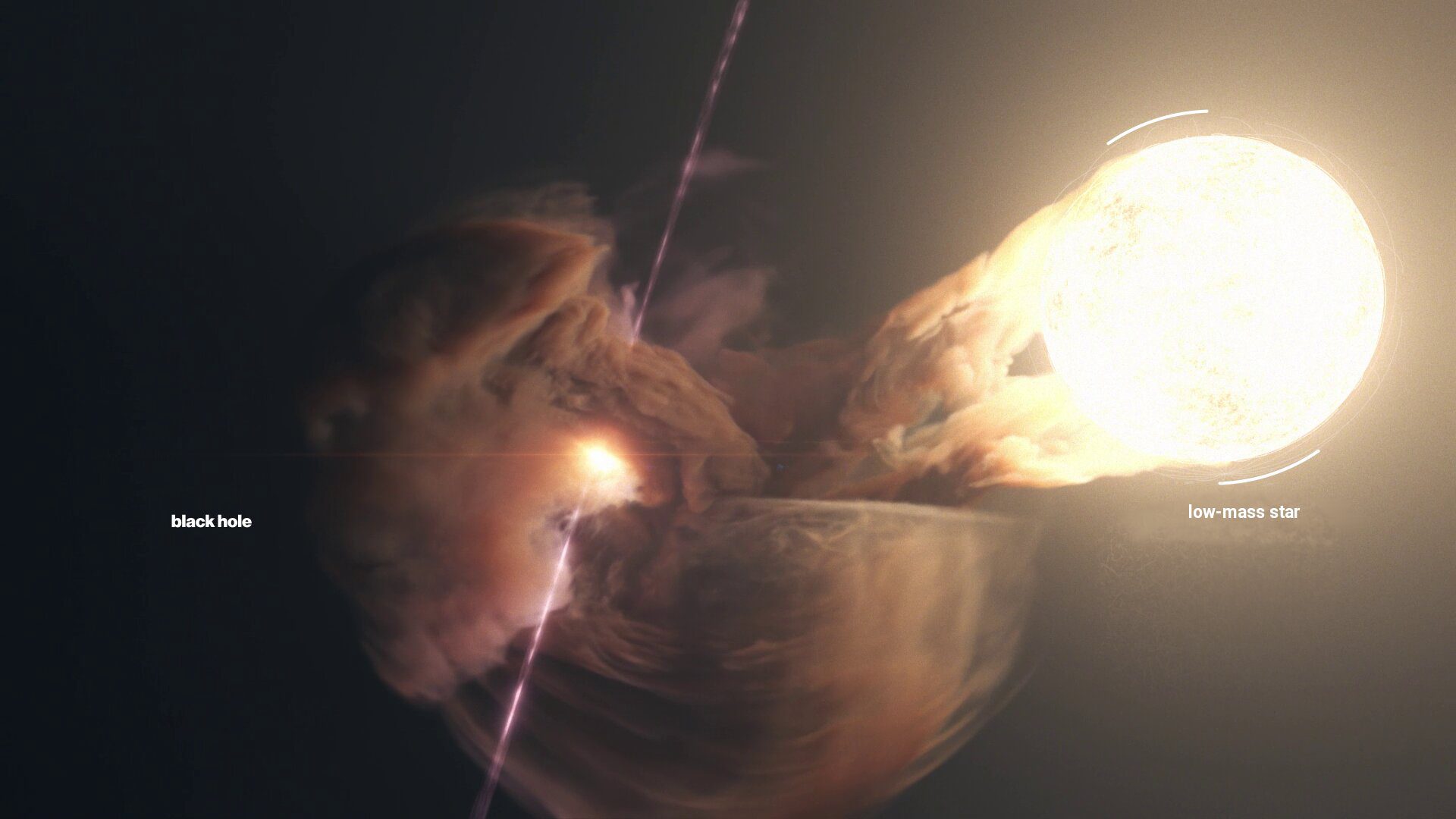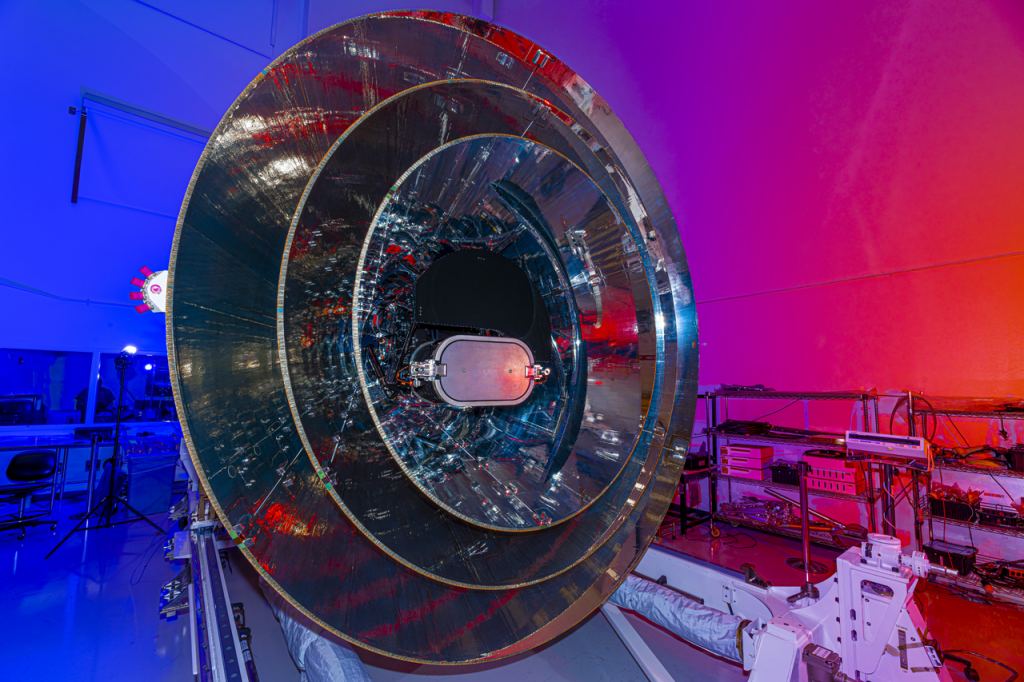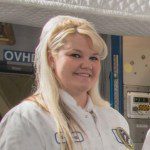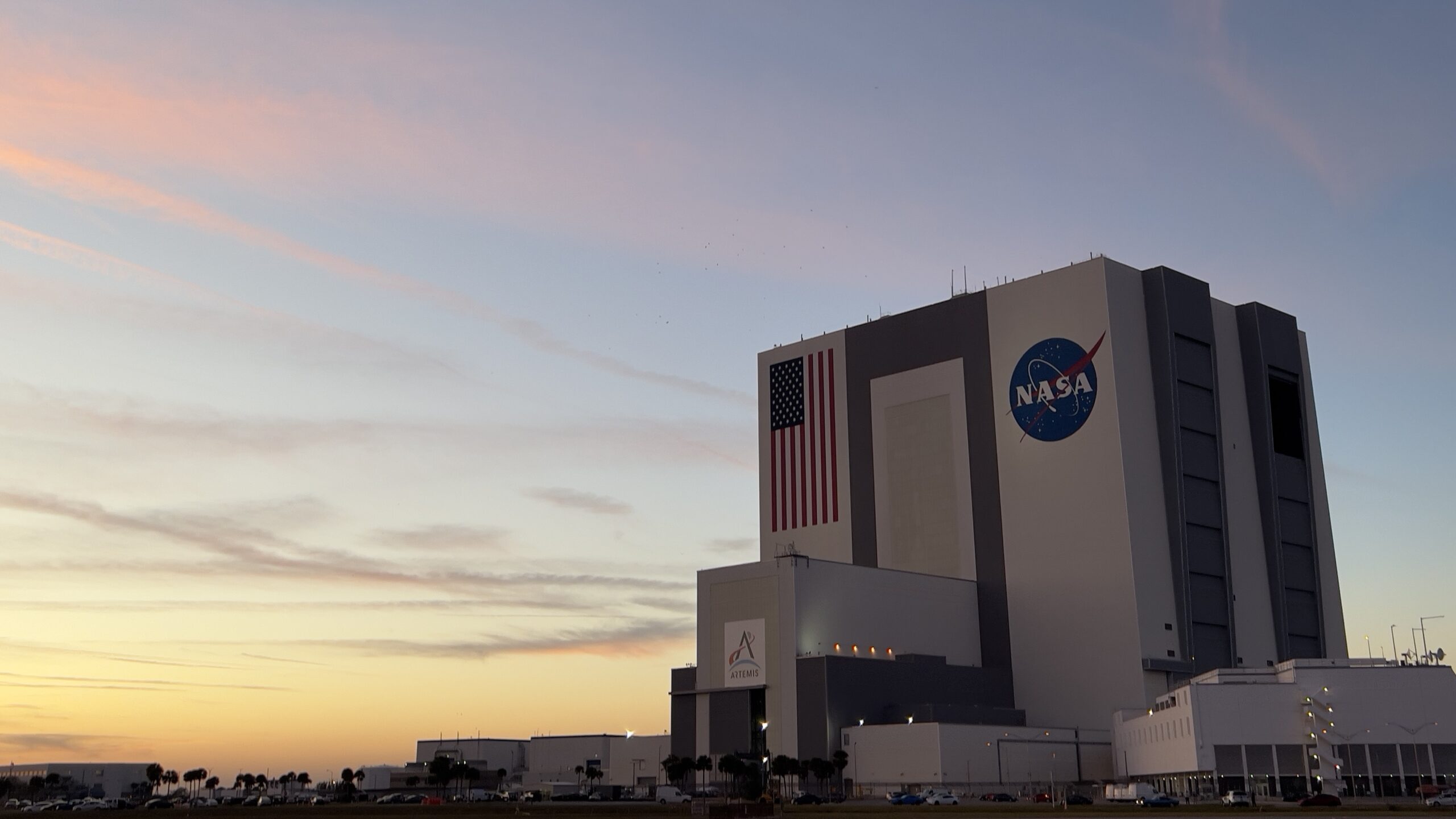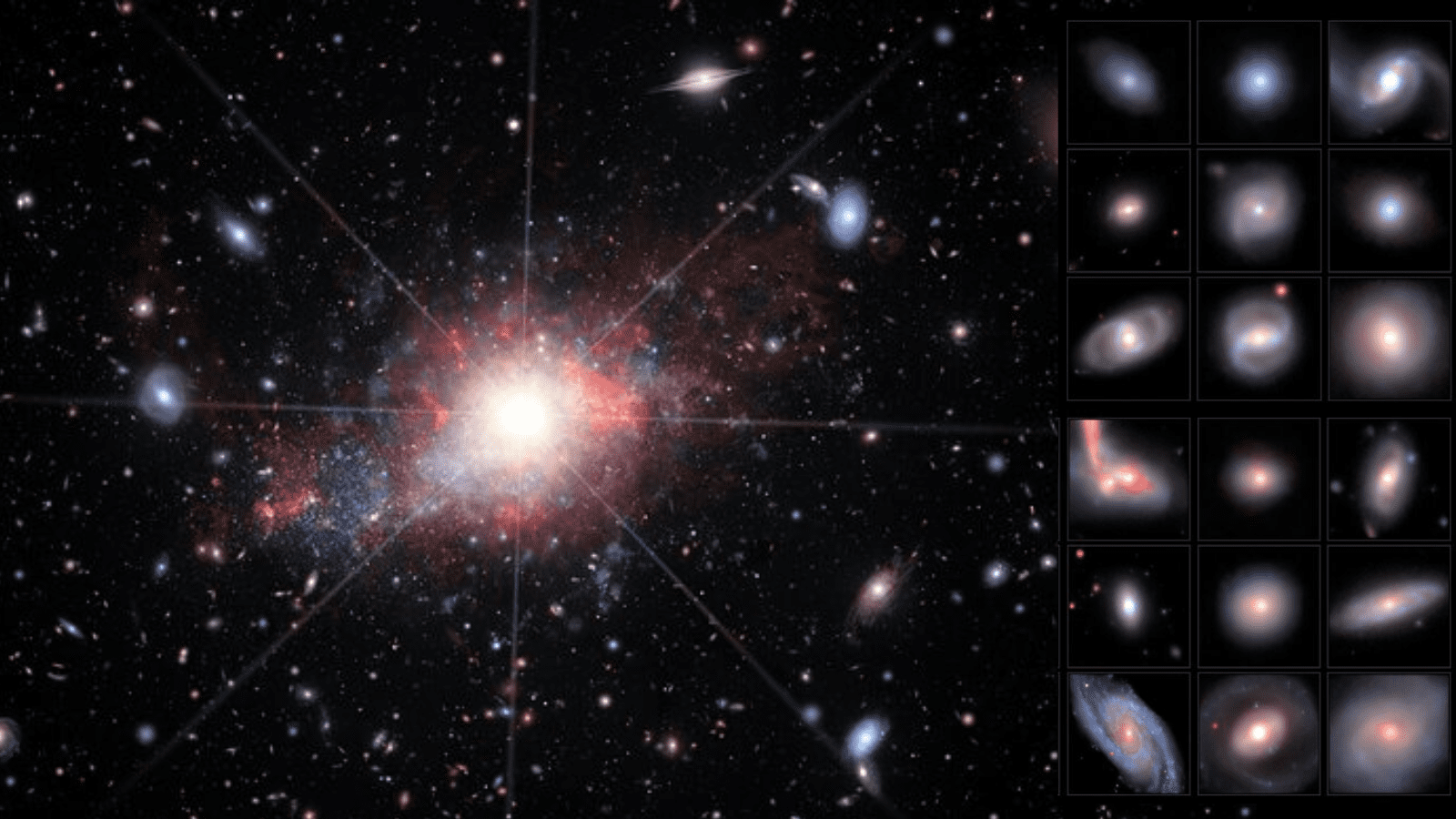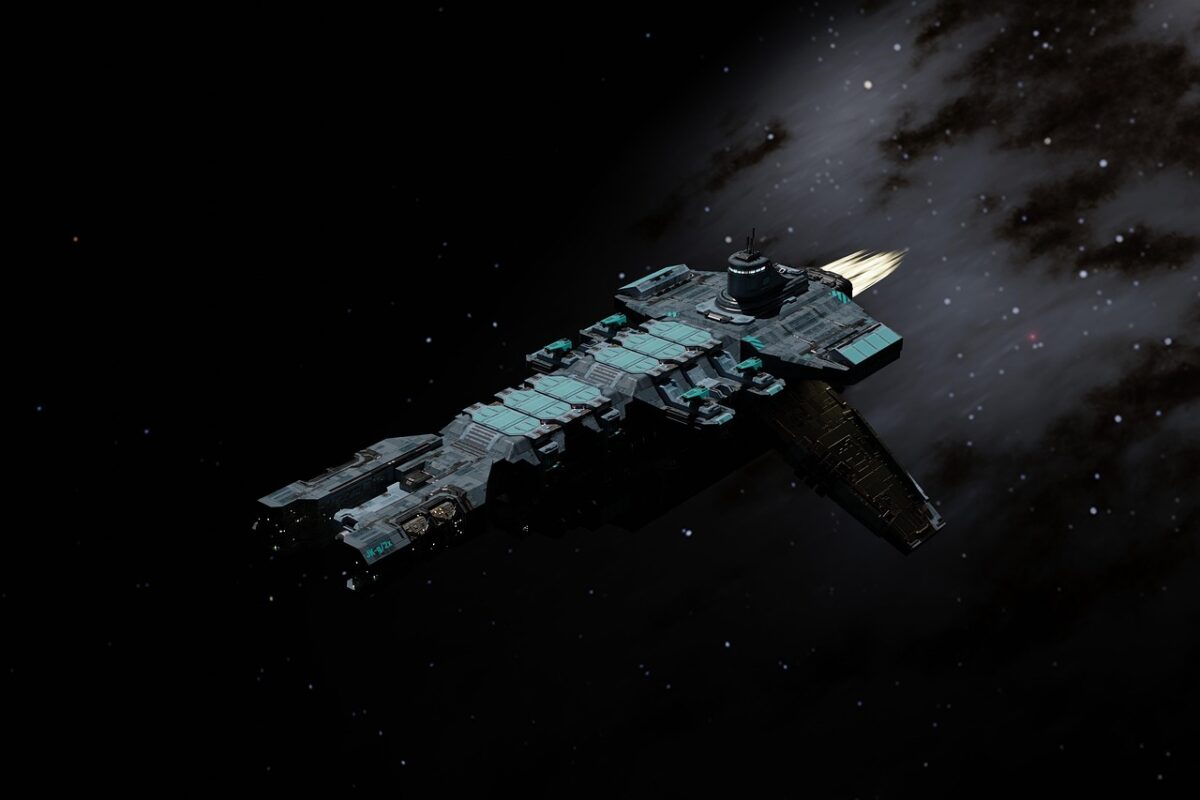Leaving Pluto in the dust: New Horizons probe gearing up for epic crossing of ‘termination shock’
NASA’s New Horizons spacecraft conducted the first and only flyby of the Pluto system, culminating at the closest approach of that distant world in July 2015. Sailing onward, the probe carried out a Jan. 1, 2019 flyby of Arrokoth, a Kuiper Belt Object, or KBO, located in a region of space beyond Neptune called the … Read more
